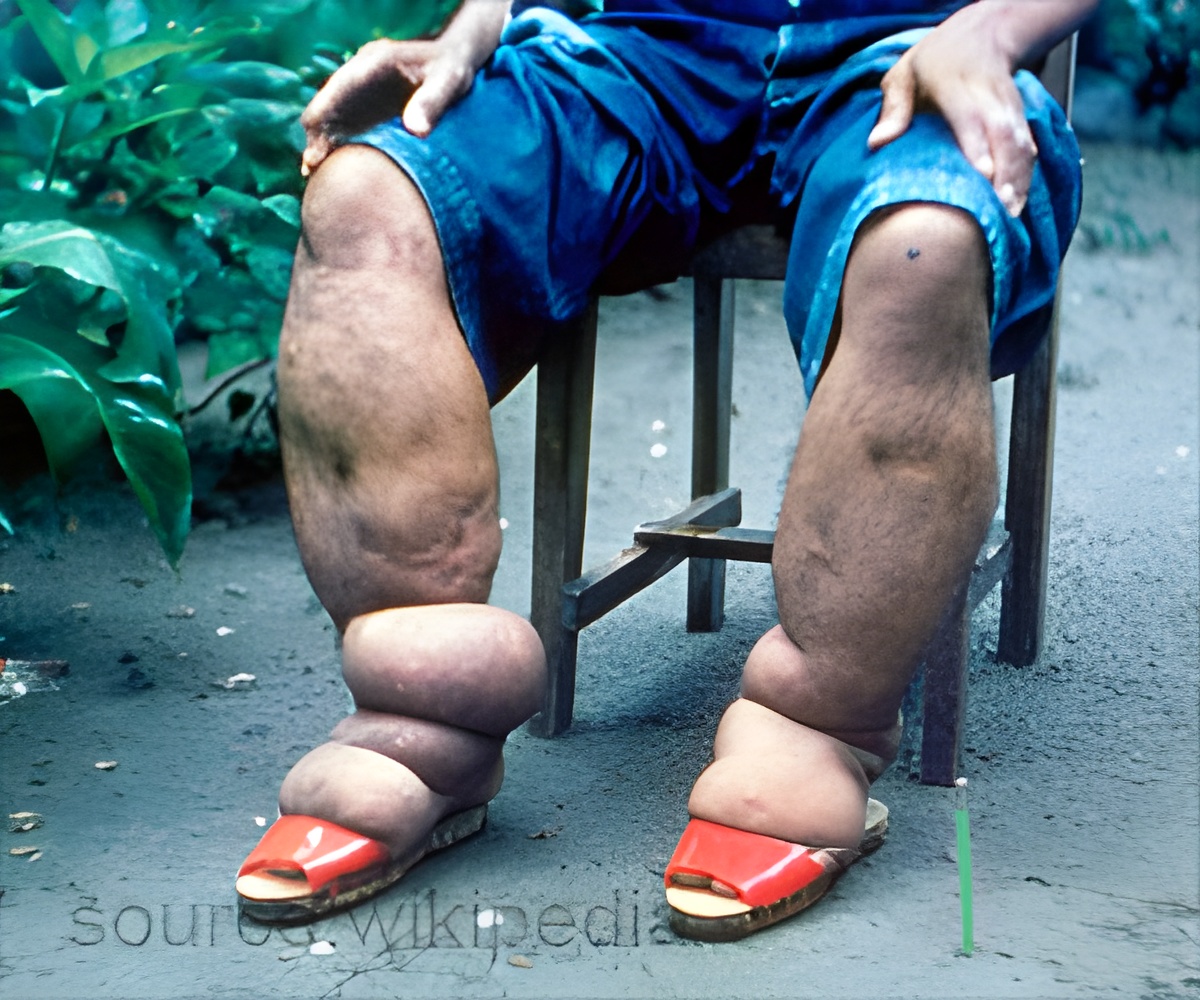
‘The overall prevalence of podoconiosis was found to be 0.5%, and at least one case was found in every region, suggesting a low prevalence but nationwide distribution of the disease in Cameroon.’
Tweet it Now
Podoconiosis is one of several neglected diseases causing pain, disability and disfigurement that contribute to the world's poorest and most vulnerable communities remaining in a cycle of poverty and disease. The disease has been reported in more than 32 countries, with an estimated 4 million cases worldwide. However, Ethiopia is the only country where podoconiosis risk has been extensively mapped.In the new work, Kebebe Deribe, Postdoctoral Research Fellow of Brighton and Sussex Medical School, UK, and colleagues, sampled 76 villages from 40 health districts in Cameroon. In each village, all individuals age 15 and older were surveyed and screened for lymphedema--the swelling that is indicative of elephantiasis. In cases of lymphedema, other diagnoses, including the filarial forms of elephantiasis, were excluded using field tests.
Overall, 10,178 individuals from 4,603 households participated. 83 people with lymphedema were identified and 52 diagnosed with podoconiosis.
Specific control methods include the use of footwear, regular foot hygiene and floor coverings. For those with the diseases management of the lymphedema-related morbidity is recommended which includes foot hygiene, foot care, wound care, compression, exercises, elevation of the legs and treatment of acute infections.
Dr. Deribe concludes: "We have clear prevention and control strategies, and can beat this disabling disease in one generation. We must do more to improve podoconiosis control in high-risk countries by increasing coverage with proven interventions, such as footwear and foot washing. The elimination of podoconiosis requires a combination of political will, policy formulation and operational and financial commitment by governments of endemic countries and donors."
Advertisement









